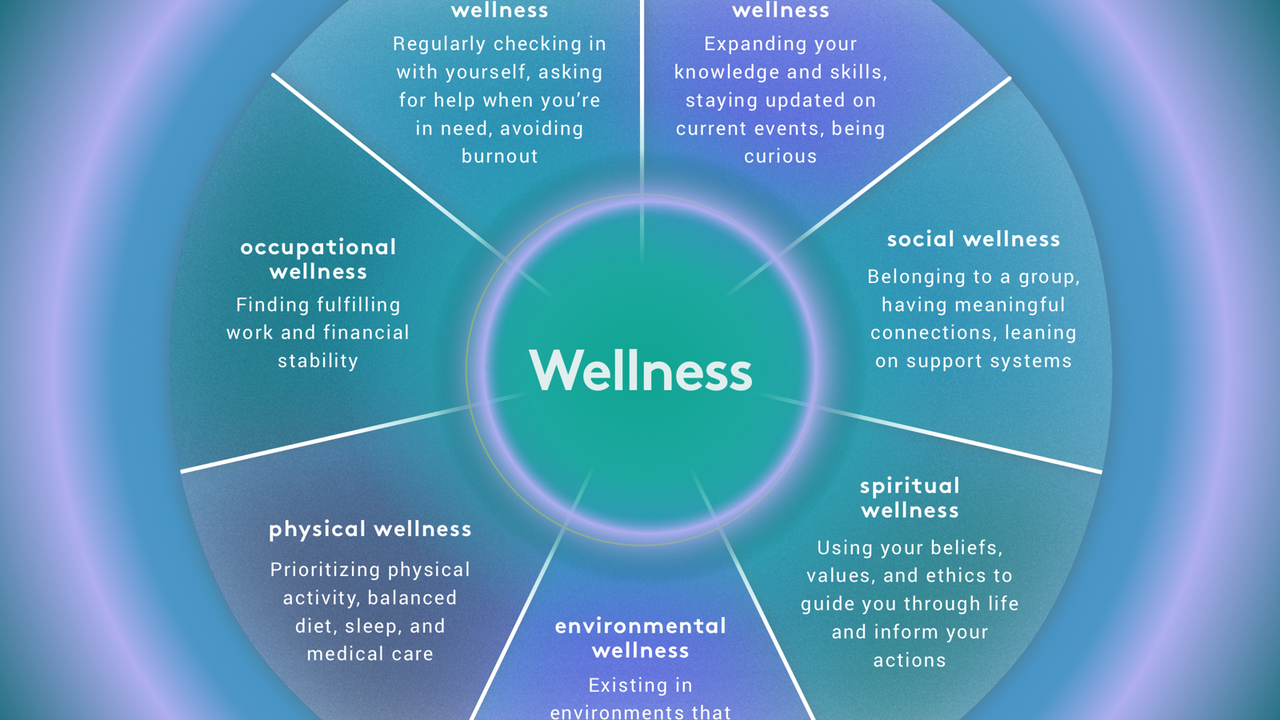Mental Health in Schools: Education and Emotional Wellbeing
Schools should be places where kids learn facts and how to handle feelings. Good mental health support makes classrooms calmer, helps students focus, and lowers behavior issues. Teachers who spot anxiety or depression early can connect students with help before problems get worse. Parents who work with schools see better homework habits and fewer crises. This page guides teachers, parents, and students to practical steps and real ideas for emotional wellbeing.
What We Cover
You will find practical guides on spotting signs, short steps schools can take, training ideas for staff, and advice for parents to handle tough conversations. We break down simple programs that fit busy schedules: one-on-one check-ins, peer support groups, quiet rooms, and referral plans. Examples include a morning check-in routine that takes five minutes, or a class breathing break after recess. Each post links the idea to real classroom needs so staff can try it the next week.
Quick Tips
Start small. Add a two-minute emotion check each morning and record how students feel that day. Train one staff member to be the go-to for worries and share that name with families. Use clear referral steps: who to talk to, when to call parents, and where to find local counseling. Track changes with a simple sheet so you can see what helps and what needs to change.
Classroom strategies matter. Teachers can offer predictable schedules, clear instructions, and short breaks to reduce overwhelm. Peer classrooms that teach kindness and conflict skills cut down mean behavior. Schools that invite families for regular check-ins build trust and help spot issues faster. Budget worries are real, but many effective practices cost little time or money.
Support staff too. Burnout lowers quality of support. Simple actions like planning time for staff reflections and offering short wellbeing workshops make a difference. Measure impact with attendance, behavior incidents, and short student surveys. Use small data to guide bigger changes rather than guessing.
Want real examples? Our featured article outlines a school that added a five-minute morning check-in and saw fewer behavior referrals over a semester. Another story shows how a peer support group helped students return to class after long absences. Read posts to find the step-by-step plans you can try and the scripts teachers used for tricky conversations.
Who this is for: classroom teachers, school counselors, principals, and parents who want clear actions. Use the category tags to find posts by topic like screening, classroom routines, or family outreach. Subscribe to updates to get fresh posts and simple tools without long reports.
Try one change this week: pick a quick check-in, tell families, and note how students respond. Share what worked with colleagues at the next staff meeting. If a step feels big, break it into parts and try one piece at a time. We post examples, printable sheets, and short how-to notes to help you start. Browse the Mental Health in Schools posts and pick one plan you can test this month.
Mental Health Support in Schools - Why emotional wellbeing should be a priority
Hey folks! Let's chew the fat on a topic that's really close to my heart - "Mental Health Support in Schools". Now, I don't know about you, but I think it's high time we put the spotlight on emotional wellbeing in schools, just like we do with other subjects. I mean, why should algebra get all the attention, right? Jokes aside, emotional health is a biggie and we need to make it a priority because it's the foundation for our kiddos' future, their resilience, and overall happiness. So, let's rally for more mental health support in schools, because happy kids make happy adults!

 Cricket
Cricket